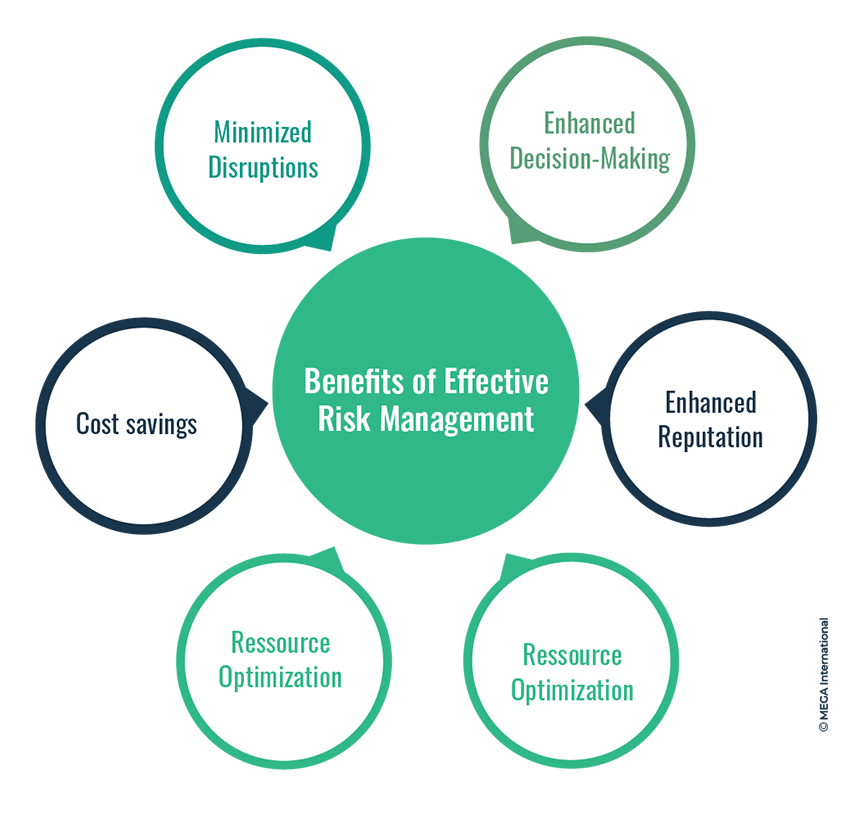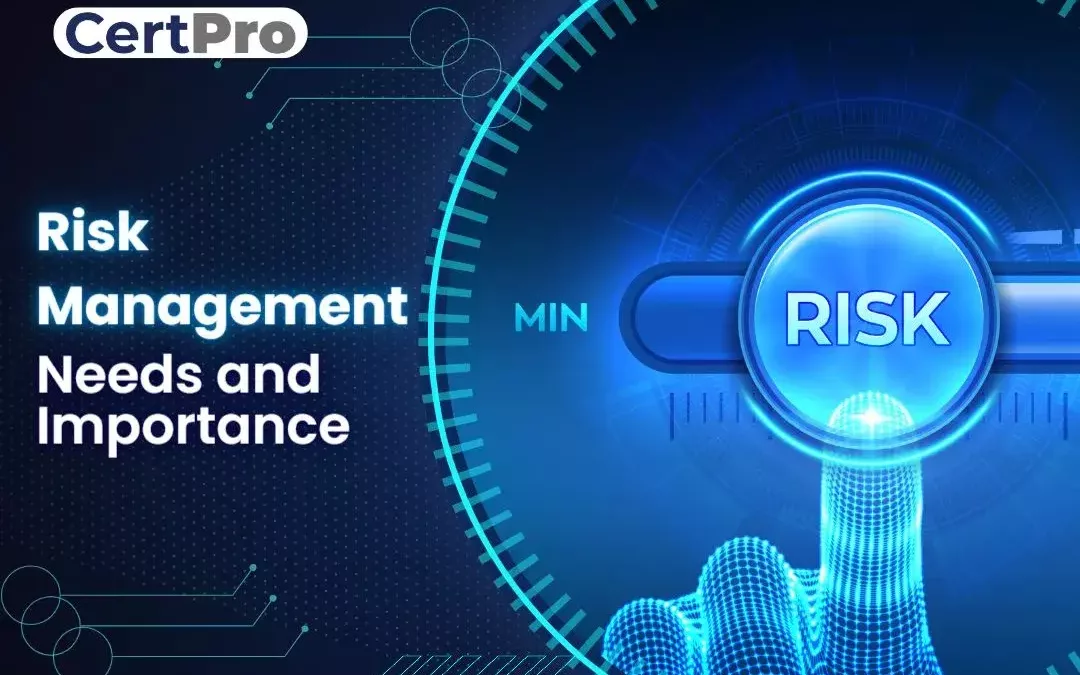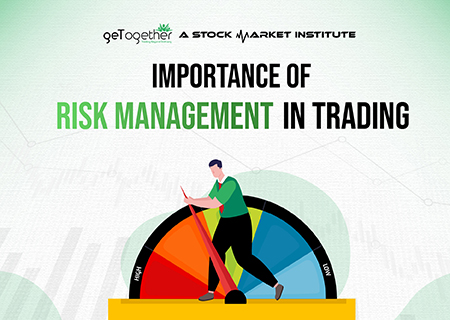Unlocking the Actual Importance of Risk Management for Sustainable Growth
Unlocking the Actual Importance of Risk Management for Sustainable Growth
Blog Article
Exploring the Value of Risk Management for Effective Decision-Making Approaches
In the elaborate globe of company, Risk Management becomes a crucial consider the decision-making process. The capability to determine potential dangers and possibilities, and strategize appropriately, can lead to the difference between success and failing. With devices such as SWOT and PESTEL, organizations are furnished to make enlightened choices, fostering durability and versatility in an ever-changing environment. Wondering how this works? Allow's unbox the dynamics even more.
Recognizing the Concept of Risk Management
Risk Management, a vital component in decision-making, is usually misunderstood or oversimplified. Risk Management entails disciplined and organized approaches, utilizing information and insightful analyses. From financial unpredictabilities, legal obligations, critical Management errors, to mishaps and all-natural catastrophes, it resolves various dangers - importance of risk management.
The Duty of Risk Management in Decision-Making Processes
In the realm of tactical preparation and business operations, Risk Management plays an essential duty in decision-making procedures. It aids in determining possible threats and unpredictabilities that could impact the success of business objectives. By tracing these dangers, business can create approaches to mitigate their influence, ensuring organization connection and stability. Risk Management thus ends up being a crucial device in decision-making, aiding leaders to make informed options based on a thorough understanding of the risks included. It motivates a positive technique, enabling organizations to prepare and prepare for for feasible future situations. This significantly decreases the probability of adverse effects, promoting a lot more efficient and effective decision-making strategies. Therefore, Risk Management acts as an important element in the decision-making procedures of any organization.

How Risk Management Boosts Strategic Planning
In the context of tactical planning, Risk Management plays a critical function. Starting with the identification of possible dangers, it even more includes the execution of Risk mitigation procedures. The role of Risk Management is not static but vibrant, as it requires continuous monitoring and adjusting of methods.
Determining Potential Threats

Applying Risk Mitigation
Having established the value of determining prospective dangers, the following step is to check out Risk mitigation. This procedure entails developing and applying strategies to manage recognized threats properly. It is a crucial aspect of strategic preparation as it boosts decision-making by decreasing potential negative results. Risk reduction strategies can vary from Risk avoidance, Risk transfer, to risk decrease. Each strategy ought to be tailored to the details Risk, considering its potential see here influence and the company's Risk resistance. Moreover, efficient Risk reduction requires a deep understanding of the Risk landscape and the potential impact of each Risk. This understanding makes it possible for companies to Our site focus on dangers and allocate sources successfully, making certain that the most considerable dangers are attended to first.
Tracking and Adjusting Techniques
Though Risk mitigation is an important step in strategic preparation, continuous tracking and change of these approaches is equally essential. It likewise offers an opportunity to evaluate the success of the Risk Management steps, permitting changes to be made where needed, additional enhancing critical preparation. Tracking and adjusting Risk Management methods is an essential element for improving a company's durability and strategic preparation.
Situation Studies: Successful Risk Management and Decision-Making
In the world of organization and financing, effective Risk Management and decision-making commonly offer as the pillars of thriving enterprises. These situations highlight the worth of astute Risk Management in decision-making processes. These instances highlight the crucial duty of Risk Management in tactical decision-making.
Devices and Methods for Reliable Risk Management
Navigating the complex labyrinth of Risk Management calls for the best set of methods and tools. These devices, such as Risk registers and warmth maps, aid in recognizing and examining potential risks. Methods consist of both measurable methods, like sensitivity evaluation, and qualitative approaches, such as SWOT evaluation. These help in focusing on risks based on their prospective effect and chance. Risk response strategies, an essential element of Risk Management, include accepting, avoiding, moving, or mitigating dangers. Monitoring and managing dangers, with routine audits and reviews, make sure that the approaches continue to be reliable. With these strategies and devices, decision-makers can browse the facility landscape of Risk Management, thus facilitating informed and effective decision-making.
Future Fads in Risk Management and Decision-Making Techniques
As we explore the large landscape of Risk Management, it ends up being apparent go to this site that the devices and strategies made use of today will continue to advance. Future patterns direct towards an increased dependence on innovation, with artificial intelligence and artificial intelligence playing significant duties. These innovations will allow organizations to forecast prospective threats with greater precision and make more enlightened decisions. In addition, there will be an expanding focus on resilience, not simply in managing dangers however also in getting better from unfavorable scenarios. The principle of Risk society, where every participant of an organization is mindful and involved in Risk Management, will get extra prominence. These patterns herald a more comprehensive and aggressive approach towards Risk Management and decision-making.
Conclusion

Risk Management therefore becomes an essential device in decision-making, assisting leaders to make educated options based on an extensive understanding of the threats entailed. Risk mitigation approaches can vary from Risk avoidance, Risk transfer, to run the risk of decrease (importance of risk management). Effective Risk reduction needs a deep understanding of the Risk landscape and the potential influence of each Risk. Risk reaction strategies, a crucial element of Risk Management, involve approving, staying clear of, transferring, or mitigating threats. The concept of Risk culture, where every participant of a company is aware and involved in Risk Management, will certainly get extra prestige
Report this page